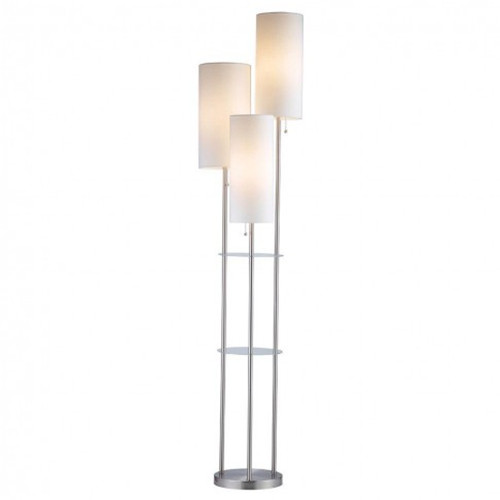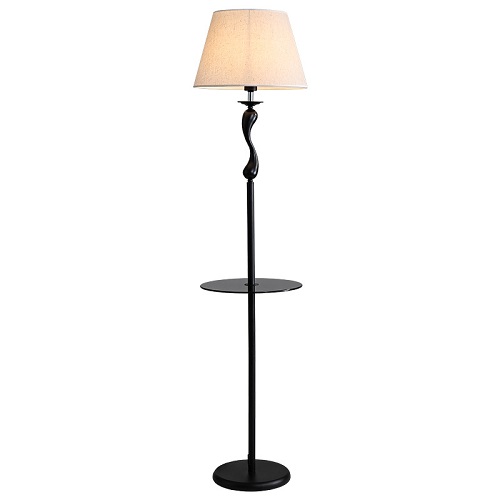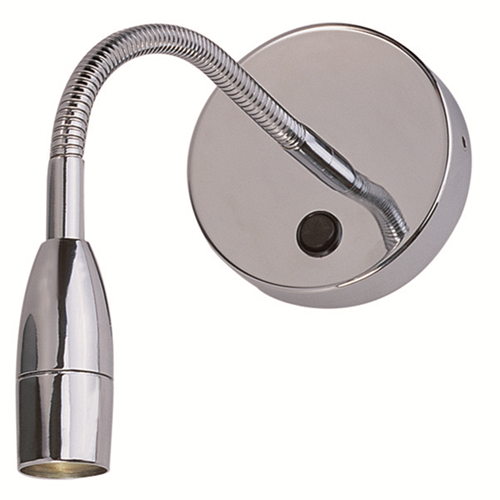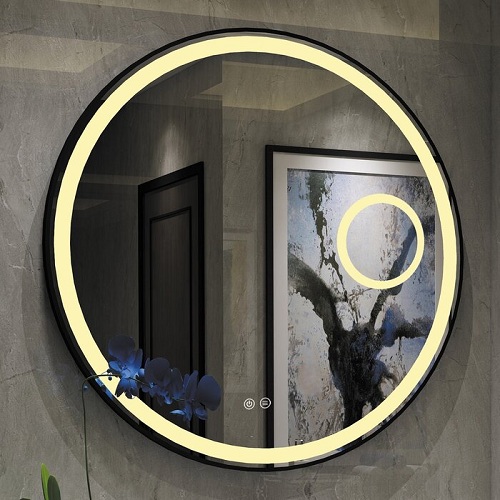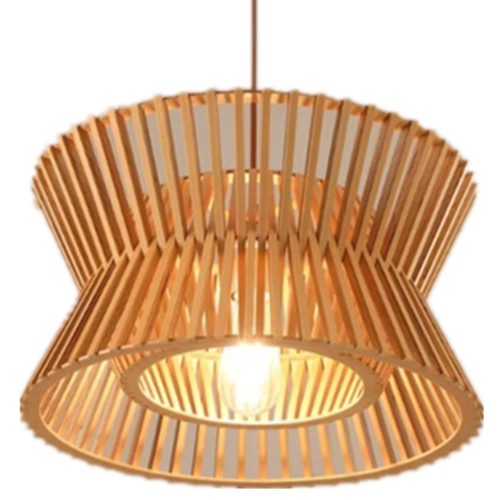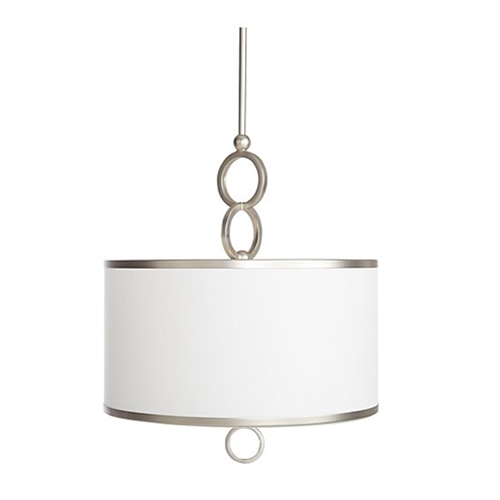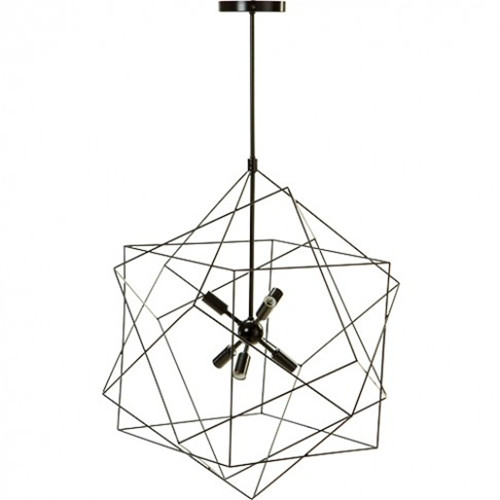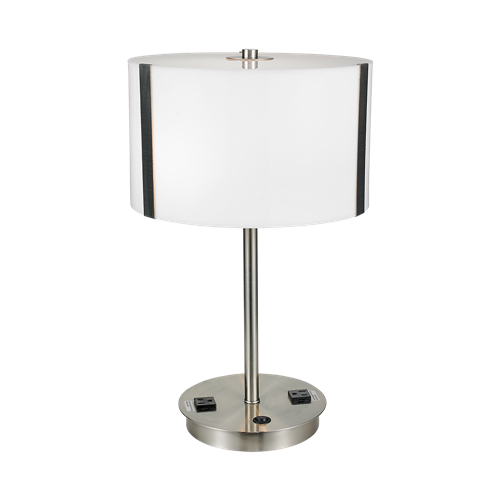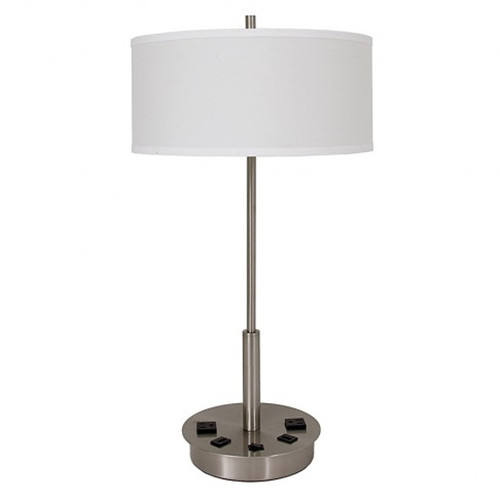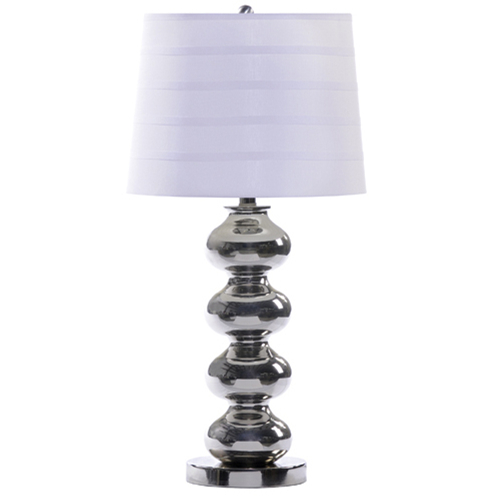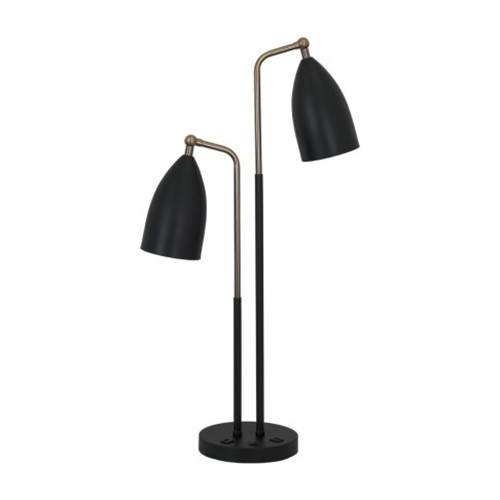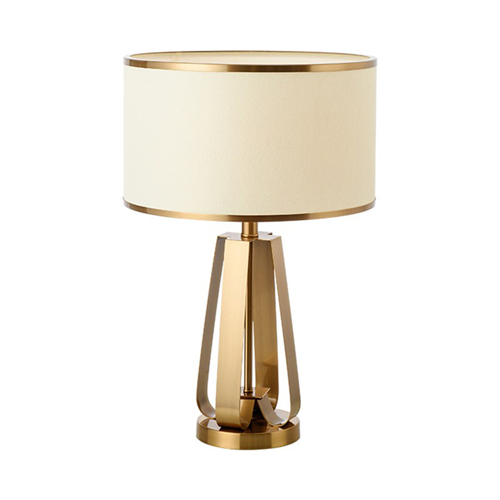The Best Illuminated Bathroom Mirrors | Custom Wall mounted bathroom mirrors
When we want to buy a mirror for the bathroom, then we realize how many different types there are and discover all the different styles and features that a simple bathroom mirror can have. A few things to consider before making a decision are the size, the shape, whether you want a frame or not. To that we would definitely add the LED option.
What is the Best Lighted Bathroom Mirror?
The best illuminated mirror for bathrooms should be functional and stylish. It should provide the best lighting that you need from a lighted mirror with being comfortable to the eyes. At the same time, it should add elegance and stylish look into your bathroom. The LED lit mirror should have high-tech functions for your conveniences like anti-fog and sensors.
 |
 |
This modern bathroom mirror with built in light is very sleek and stylish, the one at the left side from above images. The lighting is around the frosted area and also grows to the wall which provides a unique atmosphere. If you don't want that effect, the sides could be made with fully covering in iron so the lighting is more concentrated to the frosting perimeter and not growing to the wall.
The difference of this illuminated mirror is the edge-lit, the frosting starts at a width then towards all the way to the edge of the mirror. This illuminated bathroom wall mirror is covered by acrylic at the 4 sides, which diffuses the lighting. Also it comes with a sensor touch switch at the right corner of the bottom for easy control.
 |
On the subject on backlit bathroom mirrors, we also suggest checking out this beautiful model. The mirror has a very stylish and simple design with clean lines, the LED lights plays more decorative function and they are not enough to eliminate the need for an extra sconce or a pendant lamp. This back lit bathroom mirror is rectangular but has small round corners which not only provides safety but also gives it a soft and delicate appearance suitable for a variety of styles and decors.
Rectangular bathroom mirrors are definitely the most common type of all, so if you want something different perhaps you would enjoy a round or an oval shape. This right here is a really beautiful example. The round lighted mirror has metal frame finished in matte black and a built-in LED magnifying makeup mirror, which makes it the perfect choice for bathrooms. It uses separate switches for the light and the makeup mirror function so they can be operated individually, a detail which also helps to make the mirror more energy-efficient.
In addition to the above, there are also many cool extra features such as anti-fog, dimmable, color change, player, time and weather display, USB and electrical outlets, etc. Being a LED mirror manufacturer with rich experiences in China for 16 years, we provide high quality mirrors to the wholesale business or hotel projects with reasonable prices. Talk to us at sales@sunwinhotellighting.com.


